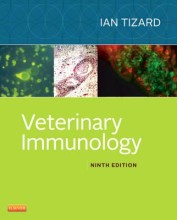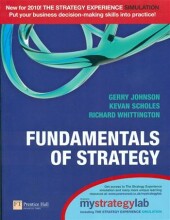Helper T cells and their repsonse to antigen
6 important questions on Helper T cells and their repsonse to antigen
Populations of lymphocytes with antigen-binding receptors
- cytotoxic T cells
- regulatory T cells
- B cells
-> Each cell population can trigger an immune response when antigen bind it's specific receptors
T cell antigen receptor
- alpha/beta type (95%)
- N terminal varies per cell or immunoglobin -> the variable (V) domain
- The other part is the Constant (C) domain
- Two V domains form a groove -> antigens and MHC molecules bind here
- The groove varies among TCRs
- In the V domain -> complementarity determining region (CDR) -> especially variable
- CD3 -> cluster of proteins associated with TCRs, CD4 and CD8
- prescence of CD4 and 8 determines what MHC molecule is recognized
- 4, MHC2 -> helper cells
- 8, MHC1 -> cytotoxic cells
Immunological synapse formation
- These clusters -> supramolecular activation clusters (SMACs)
- multiple antigen-presenting cells can bind to a T cell but it will respond to the one with the strongest signal
- Higher grades + faster learning
- Never study anything twice
- 100% sure, 100% understanding
Helper T cell subpopulations
- differentiated ones produce only one of the two
- three major populations of CD4 T helper Cells
Gamma/delta T cella
- when stimulated they secrete IL-17 and IFN-gamma
- activated by IL-23
- major defensive function
Memory T cells
- central memory cells remain in lymphoid tissue, awaiting invaders
- effector memory T cells -> found in inflamed tissue
- IL-2 and Il-5 cause memory cells to proliferate
The question on the page originate from the summary of the following study material:
- A unique study and practice tool
- Never study anything twice again
- Get the grades you hope for
- 100% sure, 100% understanding
































